I'm developing a device with changeable AAA batteries running at 3V. Since the end user can change the batteries there is a chance they may be put in the wrong way around. The circuit basically consists of an ATTiny85 and some LEDs. Do I need to add a reverse polarity protection circuit to my design or should it be fine without?
If it needs one, what is the simplest way to achieve this? Just a single diode between +3V and Vcc on the MCU should do, right?


